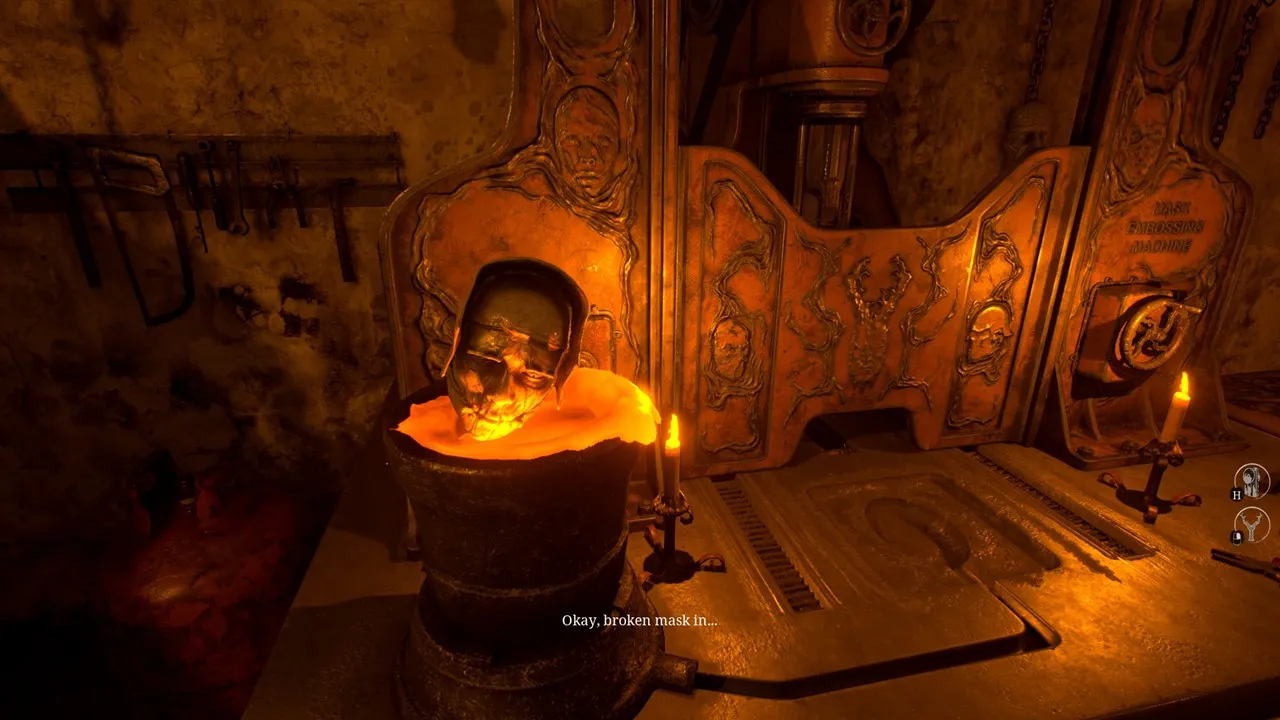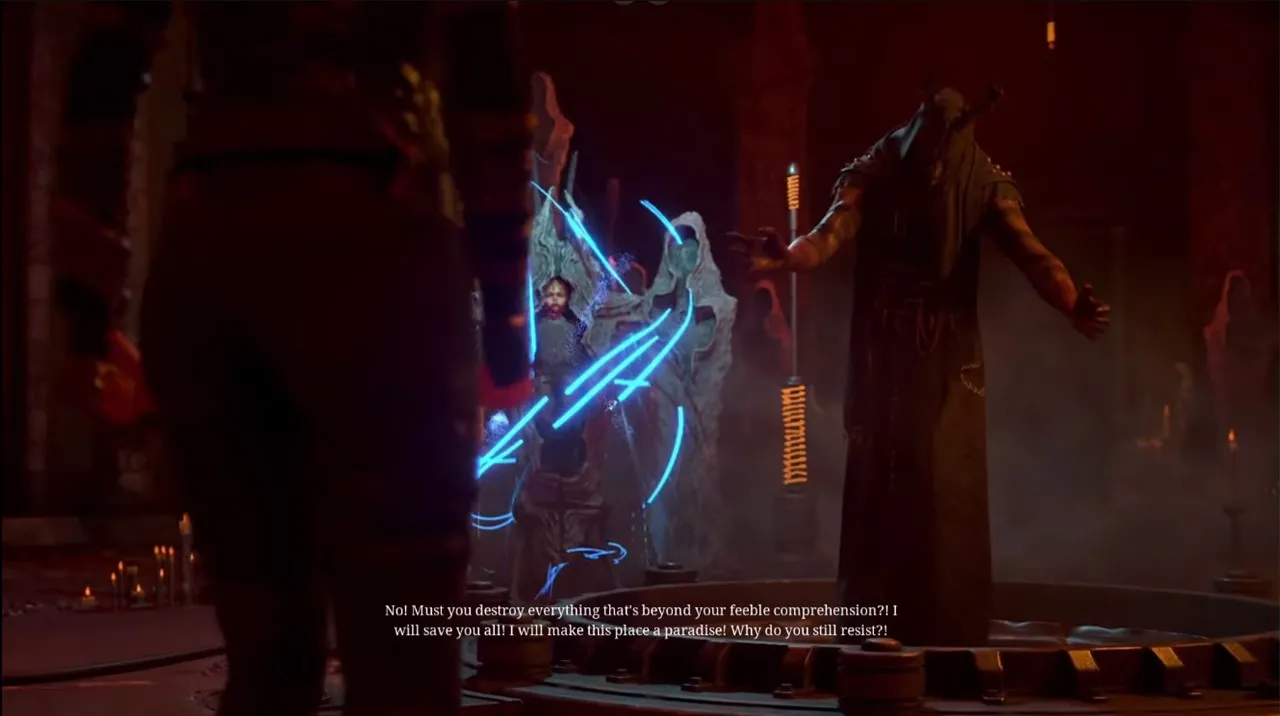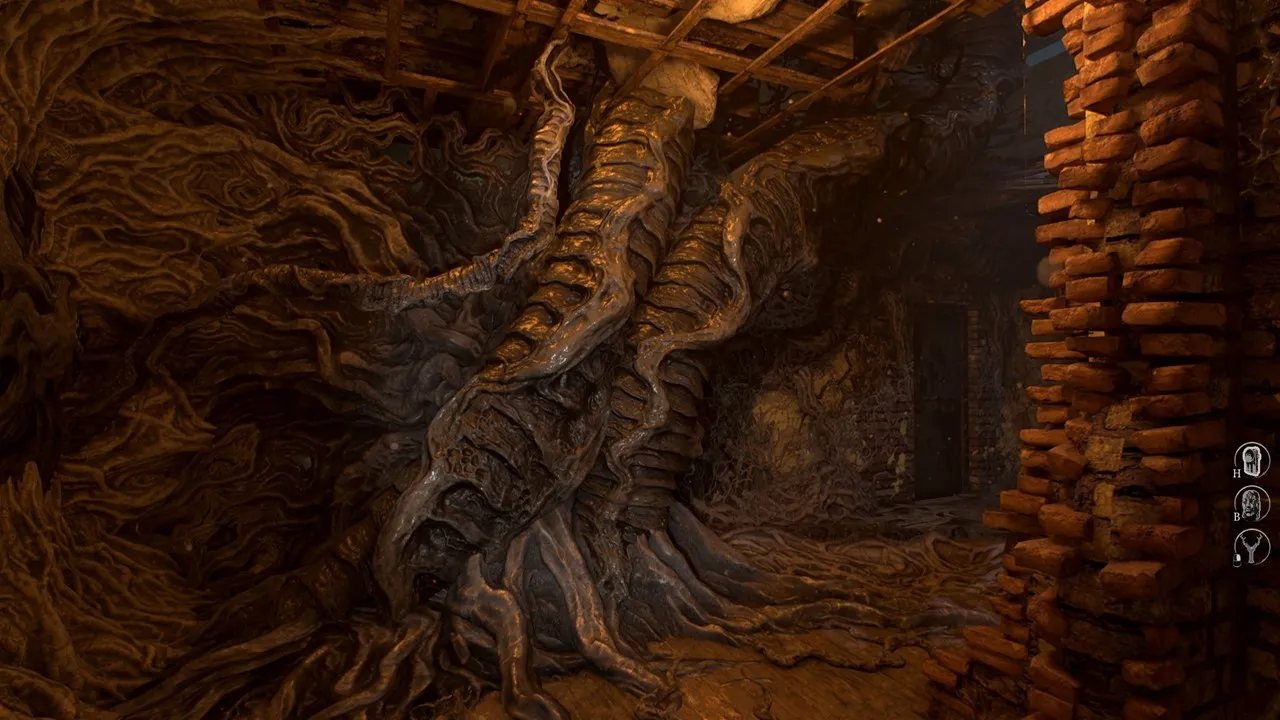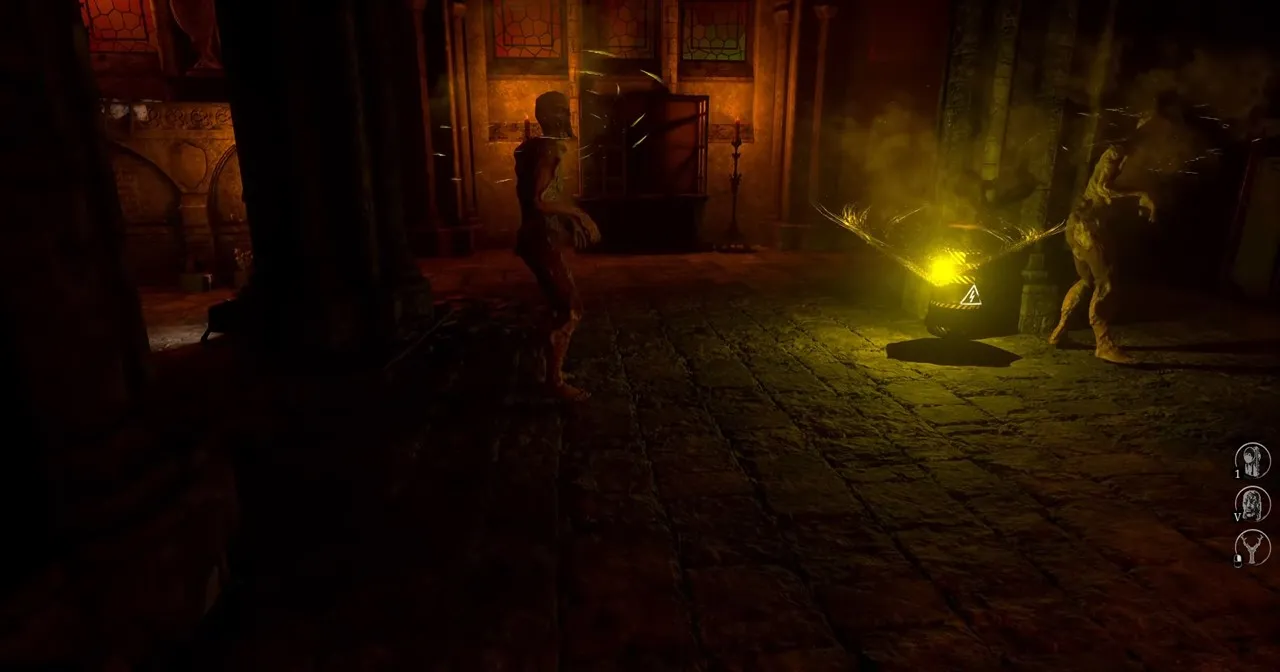
Unholy: A Mother’s Descent into a Haunting City
Contents
The horror genre has always been a fertile ground for captivating storytelling, from the visceral monster-filled environments of Dead Space to the psychological terrors of Silent Hill. Family, and the harrowing experiences its members endure, offers a particularly compelling narrative backdrop. Games like The Park, The Mortuary Assistant, and now Unholy, the debut horror title from Finnish developer Duality Games, tap into this primal fear.
Unholy immediately draws comparisons to Scorn with its unsettling art style reminiscent of H.R. Giger and Zdzisław Beksiński. However, Unholy trades Scorn’s solitary journey for a deeply personal tale of a mother’s desperate search for her abducted son. As Dorothea, you traverse two intertwined worlds: a bleak post-Soviet town and the eerie, otherworldly Eternal City, controlled by a mysterious cult.
A Mother’s Love, a City’s Secrets
What if John Lennon’s Imagine became reality, but with religious fervor as the catalyst for peace? This is the unsettling premise of Unholy. A seemingly peaceful Eastern European town is governed by the Spring of Eternity cult. This cult has created a dual existence: the physical town ruled by the Prophet, and the ethereal Eternal City, a realm where followers supposedly transcend physical limitations and achieve immortality. Dorothea and her son, Gabriel, are recent initiates, brought in by Dorothea’s father.
Despite the promised tranquility, Dorothea senses a growing darkness within the cult. On the night she plans to escape with Gabriel, he is kidnapped and taken to the Eternal City for a ritual meant to banish a malevolent force. Dorothea’s journey begins, guided by a former cult leader, as she unravels the mysteries behind Gabriel’s abduction, her father’s hidden truths, and the decay plaguing the Eternal City.
 alt text describing image of Dorothea in the game environment
alt text describing image of Dorothea in the game environment
The narrative, while initially simple, becomes increasingly compelling and dark, a surprising feat for Duality Games, known for lighter, less grim titles. The game shares DNA with other European horror titles like Layers of Fear, Cry of Fear, and Darkwood, grounding the horror in familiar settings while exposing the dark underbelly of its characters.
While the pacing, especially in early cutscenes, feels rushed, the story finds its footing as it explores the complex relationships between Dorothea, the cult, and her father, adding depth and nuance to the characters. This focus on character development sets Unholy apart from its contemporaries like Scorn and other Bloober Team titles.
Stealth and Strategy in a Hostile World
Unholy’s gameplay is a unique blend of stealth and puzzle-solving. Fans of Amnesia or Outlast will find familiar elements in the emphasis on evasion. Direct combat is impossible; Dorothea cannot directly harm the cult guards or the unsettling creatures roaming the Eternal City. Instead, she utilizes a slingshot and emotionally charged “soul stones” to manipulate the environment.
 alt text describing image of Dorothea aiming her slingshot
alt text describing image of Dorothea aiming her slingshot
Each stone type – Shock (blue), Wrath (red), Sorrow (grey), and Desire (yellow) – interacts with the environment differently. Shock activates electrical devices, Wrath destroys objects, Sorrow creates smokescreens, and Desire lures enemies. These stones are also crucial for puzzle-solving, adding a layer of strategy to the gameplay.
Dorothea’s mask, initially a symbol of conformity, becomes a tool for survival, offering abilities like protection from toxic gases and highlighting interactive objects. An upgrade system, fueled by Dorothea’s “Memories,” allows for enhancements like increased stone capacity and quieter movement.
 alt text describing image of the game environment showcasing the visual style
alt text describing image of the game environment showcasing the visual style
While the gameplay loop can feel repetitive, and the movement controls somewhat clunky, the blend of stealth, puzzle-solving, and environmental manipulation creates a compelling experience.
A City of Decaying Beauty
The visual design of Unholy is a standout achievement. From the mundane details of a post-Soviet town to the nightmarish, organic architecture of the Eternal City, the environments are meticulously crafted and dripping with atmosphere. The familiar becomes unsettling, the beautiful decays into the grotesque.
 alt text describing image of a creature in the game
alt text describing image of a creature in the game
The juxtaposition of the town and the Eternal City, coupled with Dorothea’s ability to traverse between them, evokes comparisons to Silent Hill. However, Unholy carves its own identity with its unique narrative and compelling visual style.
Technical Shortcomings and Missed Opportunities
Despite its strengths, Unholy suffers from technical issues and missed opportunities. The controls, particularly for interaction and combat, feel clunky and imprecise. Some puzzles lack clear instructions, and the repetitive nature of the gameplay can become tiresome.
 alt text describing image of Dorothea in the game environment
alt text describing image of Dorothea in the game environment
The upgrade system, while functional, feels underdeveloped. Tying the sacrifices of Dorothea’s memories to a more meaningful impact on the narrative or gameplay would have added depth and emotional resonance.
Technical glitches, like inconsistent audio, occasional frame rate drops, and minor bugs, further detract from the experience. While these issues are understandable for an independent studio, they prevent Unholy from reaching its full potential.
Conclusion: A Promising Debut
Unholy is a flawed but ultimately compelling horror experience. Its strengths lie in its unsettling atmosphere, intriguing narrative, and unique gameplay mechanics. While technical issues and missed opportunities hold it back, Unholy demonstrates the potential of Duality Games within the horror genre. With further refinement and polish, their future projects could truly shine.





Comments (0)